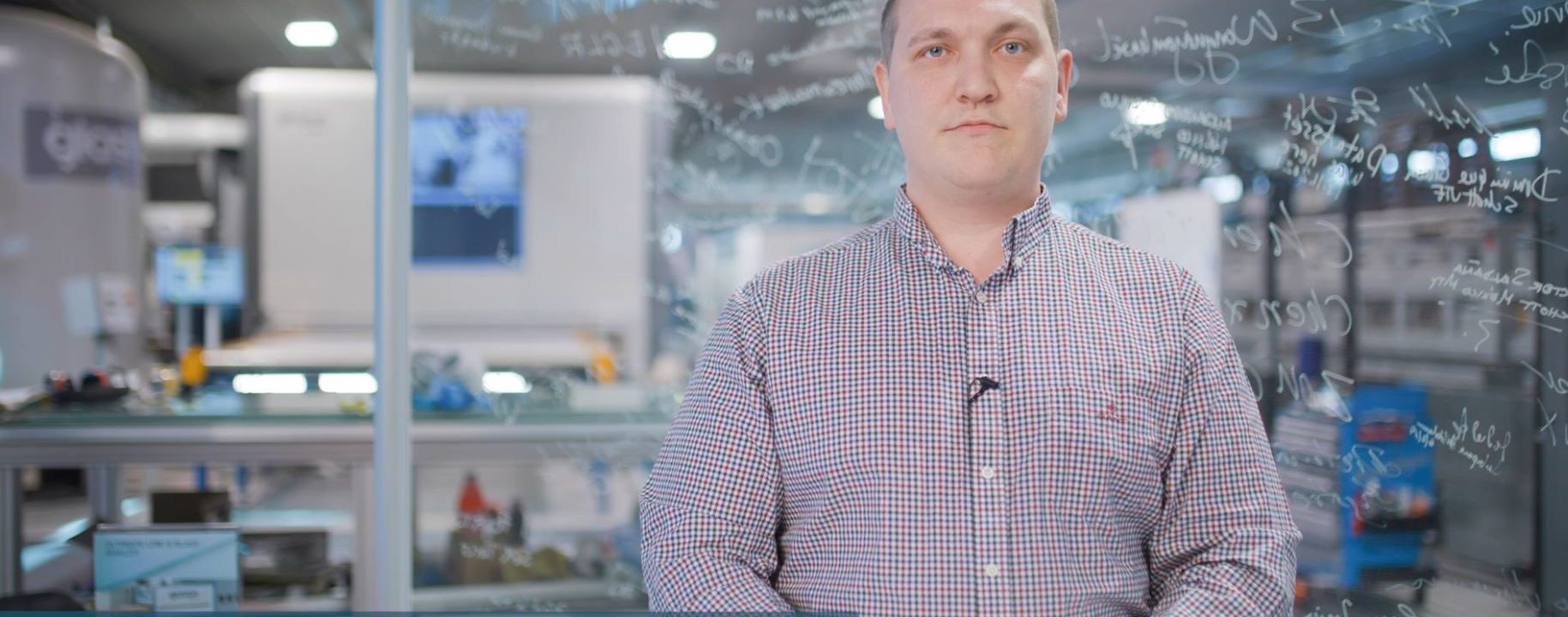
The third episode of #AskGlaston Flat Tempering Series covers the challenges with the mixed production.
The common issue of mixed production is decreased loading table utilization and, therefore, reduced process efficiency. This is because combining different glass sizes in the same load requires accurate heating control and profound operator process knowledge. Lack of either of these usually results in underheating larger-size glasses or overheating the smaller ones. In turn, this leads to end product quality issues and unnecessary breakages.
Unlike any other convection technology in the market, Vortex Pro addresses the issue effectively. Without any operator input, Vortex Pro automatically creates individual convection profiles for each glass. Its convection uninterruptedly follows the glass movement in the heating section, allowing heat to be focused precisely to the specific point on each glass.
As a result, Vortex Pro has three major benefits:
Sign up for Glastory newsletter
We answer your questions about glass processing. Let us know your challenges and we promise to do our best to help you.
Comments are closed.